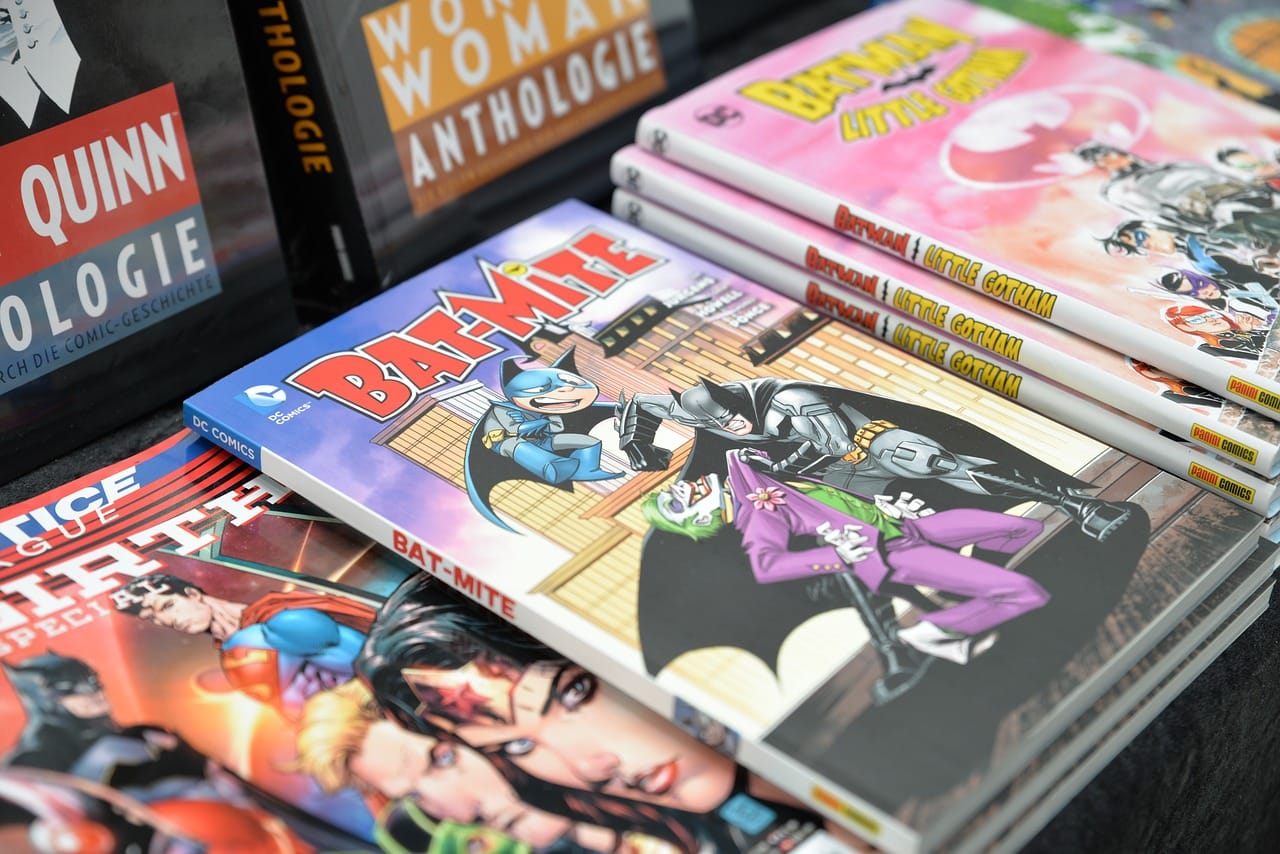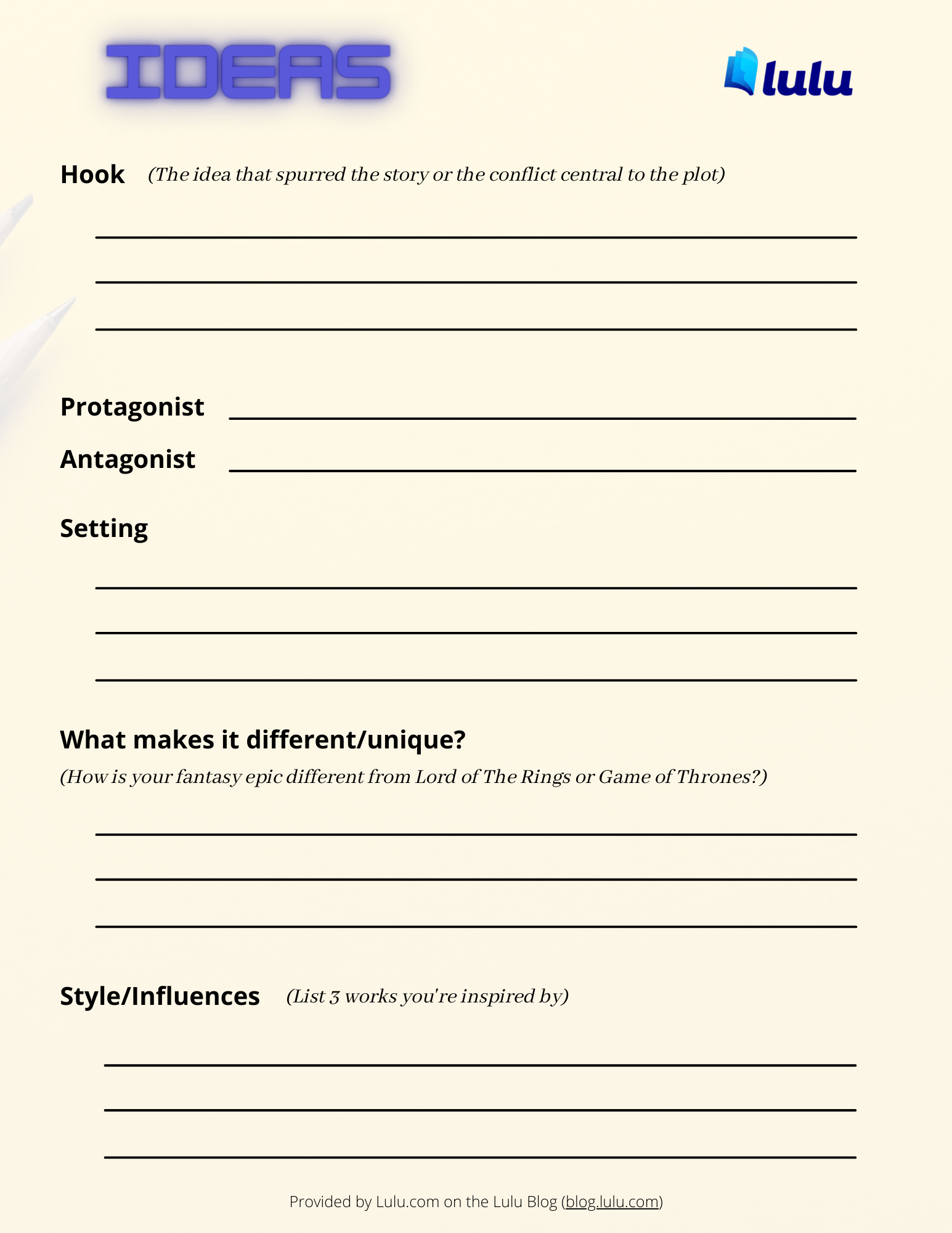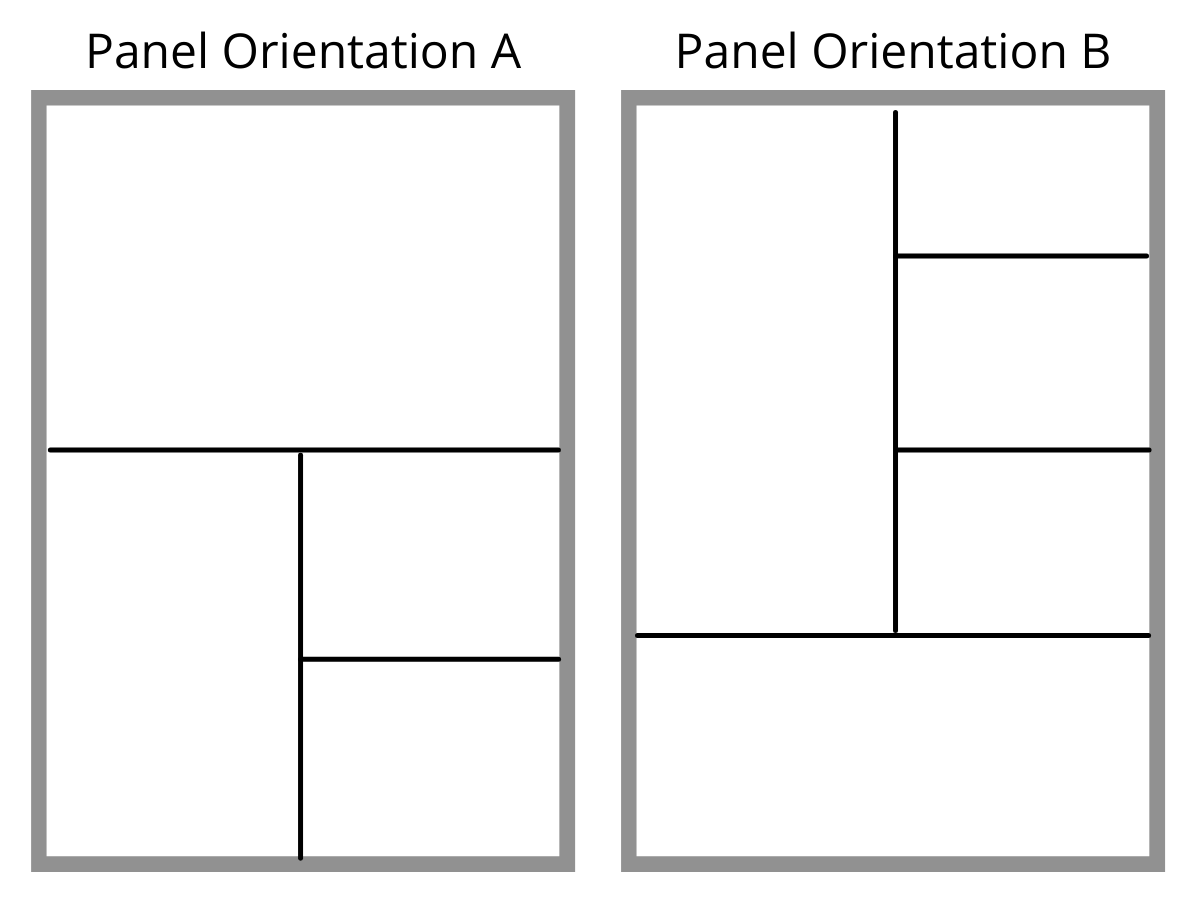How to Make a Graphic Novel
While most books I see on Lulu are traditional novels and nonfiction books, there is a strong contingent of comic book creators, too. These artistic storytellers bring vivid tales to life with their art and dialog. And while I’ve talked in the past about creating comic books to self-publish, there is a distinct lack of information about graphic novels.
This is a shame because graphic novels are my favorite form a comic book can take. If you’ve got a story idea and want to make a graphic novel, I’m bringing you the best practices and tips you need to get started right!
What Is a Graphic Novel?
A graphic novel is more than just a long-form comic book or manga. Comics serialize stories, usually about people with superpowers. Manga has its own unique storytelling and design attributes.
It is common for a series of comics—called a ‘run’—to be bundled into a graphic novel. But graphic novels are better thought of as a novel in the panel-by-panel format that comics and manga use.
The key difference is that a graphic novel also has a clear novel structure, while a single comic book issue might not. So even a comic book run presented as a graphic novel will need to include a beginning, middle, and end, just like a novel.
A single comic book is essentially a short story, while a graphic novel is a complete, novel-sized story. Otherwise, graphic novel design follows the same basic format as a comic. The pages will use panels to tell a visual story. The vast majority of the text will be dialog using speech bubbles associated with the characters in your panels.

The History of Graphic Novels
The graphic novel form is recent. Most identify Will Eisner’s A Contract with God, and Other Tenement Stories, published in 1978, as the earliest graphic novel. During the following decade, three authors would release books that helped define graphic novels and solidify the form as a legitimate, unique way to tell stories.
First, there was Maus by Art Spiegelman, which was written and sold as a serialized comic. They applied the term graphic novel because the story (which follows a son interviewing his father about life in a concentration camp during World War 2) doesn’t fit the traditional ‘comic book’ definition—no superheroes. It was a memoir written in comic form. Later in the 1980s, Frank Miller’s The Dark Knight Returns and Alan Moore’s Watchmen (both also originally sold as serials) were released as full-length graphic novels. These two books would blend the traditional idea of comics (superheroes, epic battles, good vs. evil, etc.) and the depth and narrative of novels. This entry in Britannica explains how these three works helped differentiate comic books and graphic novels:
The defining attribute of each was a formal control of the medium—which is to say, a highly sophisticated degree of control over the use of panel transitions, layout, and so on to achieve certain narrative effects—coupled with artistic innovation and a literary quality in which the authors announced their individual style.



Images from Bookshop.org (An aside; if you like comics and haven’t read these three books, please do so. You can thank me later.)
How to Write a Graphic Novel
Before we dive too deep into this, I also want to recommend reading this article about creating comic books. It’s more than a shameless plug for my other content; I reference a lot of writing processes and design best practices for comic books that hold true for graphic novels.
Back? Good, let’s carry on.
1. Ideation
May be a little obvious, but start with your concept or idea and form the outline of a story with it. Here’s a one-page form I like to use when I have a story idea:

2. Synopsis
Some writers might skip this. But for a book told primarily through imagery, you’ll need a good sense of the story’s structure. I suggest a synopsis that defines each scene/location and briefly what happens there. Something like this might be enough:
Scene 2 – An office on a military base – Two characters argue about sending a team to search for survivors
Scene 3 – Jungle again – The survivors fight a giant snake
It can be very simplistic, but you can already see how my story is developing (okay, Scene 3 is absurd, but still). Having a solid synopsis will make the next step a lot easier.
3. Script
Take your characters and your synopsis and use them to guide your scriptwriting. Focus on dialog and add scene descriptions and action as needed. Don’t spend too much time overthinking the scenes though—this dialog is certainly not the final draft.
Once you have a script, edit it. Look for professional editors who specialize in scripts or comics. Find friends who read a lot of comics or graphic novels. Get the script as cleaned up and clear as you can.
How to Make a Graphic Novel
You’ve got your polished script—now it’s time to start storyboarding! I really like doing storyboards with paper and pencil, but there are plenty of good digital options too. What’s important is to get your script (and actions/directions) mapped out in the ‘panel’ format.
The organization of the panels will play a vital role in the flow of your story. Consider these two panels and how you might read the page:

Most readers will start upper left and work left to right. But with panels, that might not always be logical. Here’s how I would organize my story flow with this layout:

This organization is fairly easy to follow. The panels begin in the upper left and move down, then right (in A) and left to right, then down (in B). For a comic book, you might use a simple layout like this for most of your book.
But a graphic novel needs to maintain a compelling narrative while presenting the story through images. It’s not uncommon to see more complex panel designs like these in graphic novels:

The logic of how you read the panels may not be immediately obvious here. But these are very useful designs; I might use Orientation C for a tense moment of back-and-forth dialog, while Orientation D is one I would absolutely use for the lead-up or beginning of a fight scene.
Mapping the Story
Creating a storyboard might seem like a lot of work. But without a clear storyboard to define the sequence and flow of your story, you (or your artist) will struggle to create the designs for the finished book.
If you’re artistic, you might sketch the action/characters in each panel. It’s also reasonable to just use text (from your script!) and scene direction. Here’s an example:

Very simple—probably far simpler than a real graphic novel. But you get the idea. You need to map out your pages, artwork, and dialog carefully and completely before you can design your graphic novel.
Building Your Graphic Novel
With your script applied to your storyboard, you’ve likely got a TON of rough pages. This is the skeleton of your graphic novel! Now you need to draw and design the pages. This is where you might work with an artist to help bring your work to life.
Design Software
If you are doing your own designs, software like Adobe InDesign or Affinity Publisher is great for putting the pages together. But these are page layout tools so you would need to prepare all the images in Photoshop or another image editing tool. You could also use software like Clip Studio, a program designed specifically for character modeling and comic book layouts.
Ink and Layout
You’ll want to think carefully about the color space you select in your design software. What looks good on the screen may not look good in print.
Layering is another important factor. All the design tools you’ll use to build your graphic novel will work by layering elements on a blank ‘canvas.’ Once you’re ready to make a PDF for printing, you’ll need to flatten everything into a single layer.
Creating Manga
Manga is a style of Japanese graphic novel or comic book using a unique design. Typically created in black & white and read right to left, Manga is an increasingly popular format. All the advice in this article—from storyboarding to design and layout—holds true for Manga.
You will need to be aware of the way the printer handles Manga to achieve the right-to-left layout. With Lulu, this means arranging your pages backward and flipping the cover to achieve the correct layout.
Telling Your Story With a Graphic Novel
I’ve been a lifelong comic and graphic novel fan. So it makes me exceedingly happy to see the format becoming more and more popular. As we get comfortable making digital art, the graphic part of graphic novels becomes more accessible. The result is a booming industry that shows no signs of letting up.
There’s never been a better time to show off your storytelling and artistic skills by turning your next story into a graphic novel.




